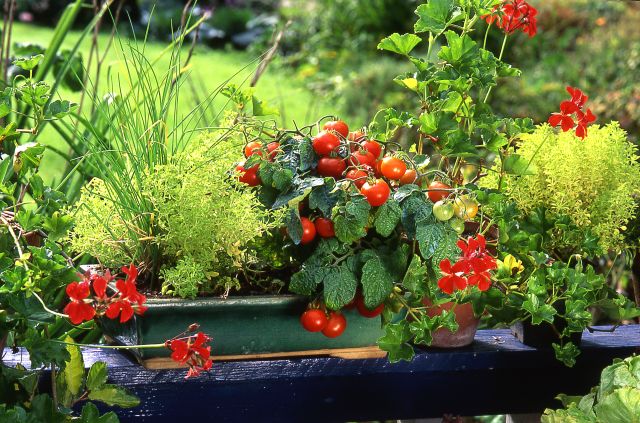Updated on March 4, 2022.
Ever since they started growing their own food, Stephen and Meg Lin have noticed better health.
“It’s made a difference,” says Meg. “I don’t know what it is. Maybe it’s the freshness of the food or eating organic. But we haven’t been getting colds or the flu.”
The Lins, who live in the Mānoa Valley of Hawaii, are enjoying the time-honored physical and mental health benefits of gardening. It’s time well spent working with nature—and they get the satisfaction of growing their own food and sharing it with family, friends, and neighbors.
“I’m amazed at the quality of my food that I cook now because of the fresh ingredients I use from my garden,” says Meg. “The tomatoes I grow in my garden taste better than what I would buy at the store or even the farmer’s market.”
How gardening can improve your health
In addition to delicious produce if you plant things you can eat, tending a garden can offer you a lot of health wins. Gardening has been linked to the following benefits:
- Stress relief and better mood
- Mental clarity
- Improved heart health
- Moderate-intensity, whole-body aerobic exercise
- Higher levels of vitamin D (that is, if you work in the sunshine—just don’t forget to apply sunscreen and use eye protection if you plan to be in the sun for more than a few minutes)
- Social interaction
- Lower dementia risk
Meanwhile, as long you keep an eye on costs like tools, soil, seeds, and containers or other setup structures, gardening can lower your grocery bills. And it’s a great activity to do with kids.
How to start an edible garden
Mānoa’s lush green valley gets plenty of sunshine and rain, making it ideal for gardening. But anyone can start their own garden, including people with small spaces or those who live in the middle of the city. Gardens can thrive on porches, balconies, driveways, and even indoors.
Here are some tips to start your own garden wherever you live:
Start small. You don’t need green acres. Find a small section of unused space outdoors, or even a sunny windowsill to start with. Once you catch the gardening bug, you can expand. If you don’t have outdoor space or sunny indoor space, you can hang up an inexpensive grow light. Microgreens, lettuce, herbs, and tomatoes are among the edible plants that can do well indoors.
Use what’s around the house. Starting an edible garden doesn’t require a big outlay. Seeds are often available for free at seed swaps or seed libraries. Try starting herb plants in yogurt containers or planting a young herb from the farmer’s market or nursery in a roomy plastic bucket. (Punch a hole in the bottom for drainage.)
See what works best. Plants can grow differently depending on the amount of sunshine and rain each side of the house gets during different seasons of the year. Don’t be afraid to experiment and observe, and don’t despair if some plants struggle or don’t make it. That happens to every gardener; it’s part of learning what works.
Learn from others. Ask your neighbors for ideas and tips. You’ll also be helping to foster a community of like-minded gardeners and can trade seeds, tools, soil, or produce. Your nearby cooperative extension will also have plenty of information and resources. (You could also look into joining a community garden.)
Little by little. You certainly don’t have to spend all day in your garden. Just a little upkeep each day, either before or after work or your other responsibilities, can produce big results.






